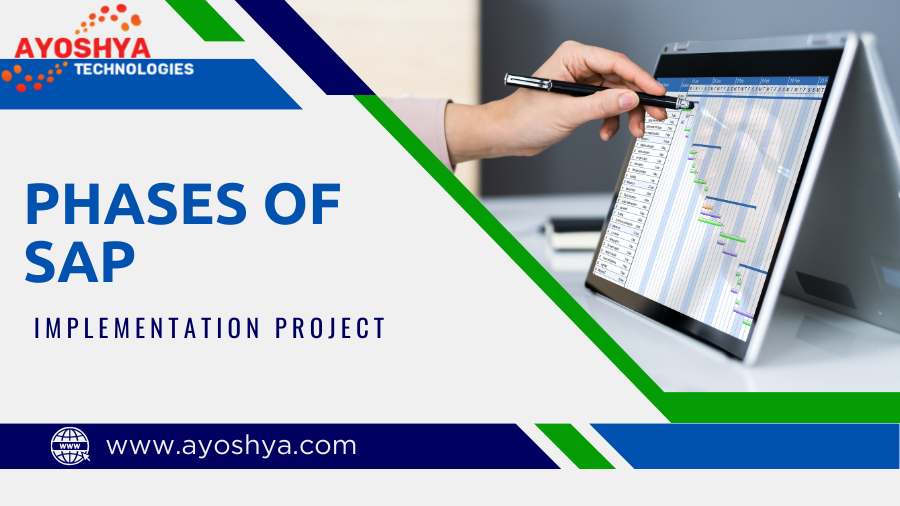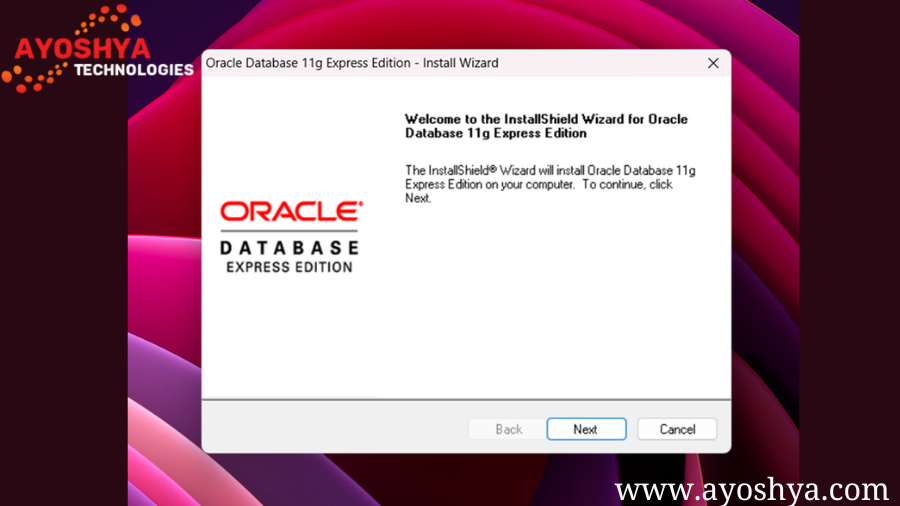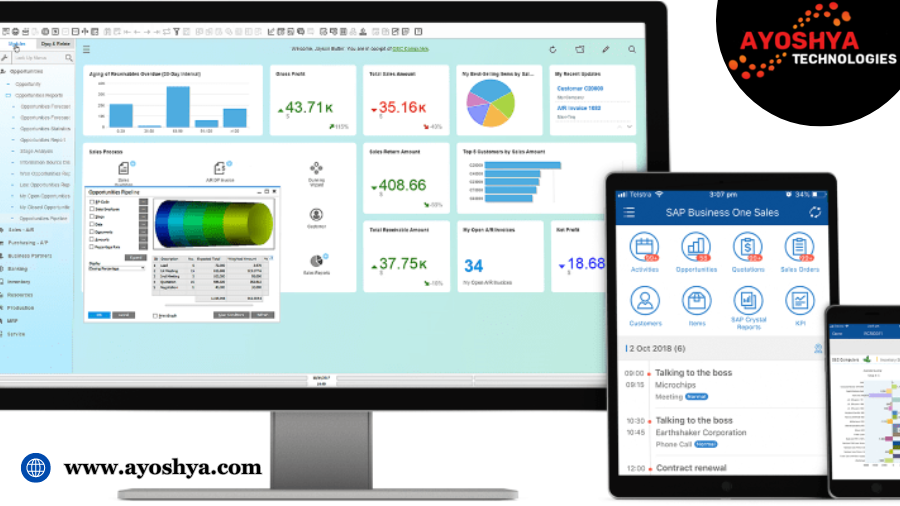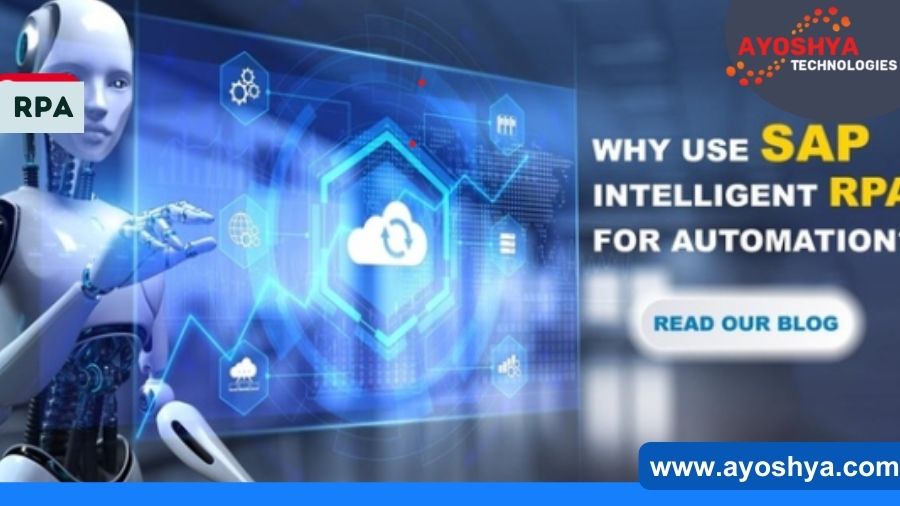how to become freelance sap consultant
Unleash your SAP expertise! This guide details the steps to becoming a successful freelance SAP consultant. Learn essential skills, explore project types, set your rates, and discover valuable resources… Become your own boss in the SAP world!
Do you dream of ditching the cubicle life and becoming your own boss in the world of SAP? Imagine the freedom to choose your projects, set your schedule, and leverage your SAP expertise to build a thriving freelance career.
The freelance economy is booming, and SAP consultants are in high demand. But how do you take that leap from employee to independent consultant? This comprehensive guide is here to equip you with everything you need to know to become a successful freelance SAP consultant. We’ll explore the essential skills and qualifications you need to excel, guide you through building your freelance foundation, and equip you with strategies for setting your rates, negotiating projects, and finding success as a freelancer. So, buckle up, SAP wizards, because it’s time to unlock the potential of a freelance career and write your own success story!
Building Your SAP Arsenal: Essential Skills and Qualifications
The foundation of a successful freelance SAP consultant career lies in your expertise. Clients will be seeking consultants with a deep understanding of specific SAP modules and functionalities to tackle their unique business challenges. Here’s a closer look at the key technical skills you’ll need to stand out in the freelance market:
- Deep SAP Module Knowledge: While having a broad understanding of SAP is beneficial, specialization is key for freelancers. Identify specific modules where your expertise shines, be it core functionality within SAP S/4HANA, the vast world of SAP SuccessFactors for HR management, or industry-specific solutions like SAP for Discrete Manufacturing. Focus on continuously honing your skills in these chosen modules through additional training, certifications, and real-world project experience.
- Beyond the Technical: Soft Skills Matter: While technical prowess is essential, don’t underestimate the power of soft skills. Freelance consultants wear many hats, and the ability to communicate effectively with clients, both verbally and in writing, is crucial. Being a strong problem-solver and possessing excellent analytical skills will allow you to dissect client needs and deliver effective solutions. Project management skills are also vital for keeping projects on track, meeting deadlines, and exceeding client expectations. Furthermore, building strong client relationships is key to repeat business and positive referrals. Freelance consultants often operate as trusted advisors, so honing your interpersonal skills and fostering a collaborative work style will go a long way in building lasting client relationships.
Setting Your Rates and Negotiating Projects: Commanding Your Worth as a Freelancer
One of the most exciting aspects of freelance consulting is the ability to set your own rates. However, determining your value and confidently negotiating projects requires careful consideration. Here’s a roadmap to guide you through this crucial step:
- Market Research is Key: Before setting your rates, take time to research the freelance SAP consultant market. Explore online platforms like Upwork and Fiverr to see the range being offered for similar projects and skillsets. Look for industry reports or surveys that detail average freelance SAP consultant rates in your region. Consider factors like your experience level, the specific SAP modules you specialize in, and the complexity of projects you typically handle. Remember, location can also play a role – rates for consultants in major metropolitan areas may differ from those in more rural locations.
- Crafting Proposals and Negotiating with Confidence: Once you have a solid understanding of market rates, you can begin crafting proposals for potential clients. Clearly outline the scope of your services, the deliverables you’ll provide, and your proposed timeline. Most importantly, clearly communicate your hourly or project-based rate. Be prepared to negotiate, but do so with confidence. Highlight the value you bring to the table – your expertise, experience, and proven track record. Frame your rates as an investment in the client’s success. Remember, you can also offer flexible engagement models, such as offering a package rate for a defined set of deliverables or structuring your fees based on project milestones. By clearly communicating your value and demonstrating your expertise, you’ll be well-positioned to secure fair compensation for your freelance work.
Finding Success as a Freelancer: Building Your Freelance Empire
Landing your first freelance project is a momentous achievement, but the real journey to success starts now. Here are some essential strategies to help you thrive as a freelance SAP consultant:
- Building a Stellar Reputation: In the freelance world, your reputation is your currency. Deliver exceptional work for your clients, meet deadlines consistently, and exceed expectations whenever possible. Always prioritize clear and consistent communication, keeping your clients informed and involved throughout the project. Positive client reviews and testimonials will become powerful marketing tools, attracting new clients and solidifying your position as a trusted SAP expert.
- Time Management and Financial Discipline: As a freelancer, you’ll be juggling multiple hats – consultant, marketer, and business manager. Effective time management skills are crucial for ensuring you meet deadlines across all your projects while maintaining a healthy work-life balance. Utilize project management tools and scheduling techniques to stay organized and prioritize tasks effectively. Financial discipline is equally important. Set clear rates, track your income and expenses meticulously, and consider setting aside funds for taxes and potential slow periods.
- Continuous Learning: Stay Ahead of the Curve: The world of SAP is constantly evolving, with new features, functionalities, and best practices emerging. Dedicate time to continuous learning to ensure your skillset stays sharp and relevant. Take advantage of online courses, attend industry webinars and conferences, and actively participate in SAP user groups to stay abreast of the latest trends and innovations. By continuously learning and expanding your knowledge base, you’ll position yourself to tackle even the most complex client challenges and remain a valuable asset in the ever-evolving SAP landscape.
FAQ
Is freelancing right for all SAP consultants?
Freelancing offers a wealth of freedom and flexibility, but it’s not for everyone. Here are some key factors to consider:
- Risk Tolerance: Freelancing comes with inherent risks. You’ll be responsible for finding your own clients and ensuring a steady income stream. If you have a high tolerance for risk and are comfortable with some financial uncertainty, freelancing can be a rewarding path.
- Self-Discipline: As a freelancer, you’ll be your own boss. This means managing your time effectively, staying motivated, and adhering to deadlines without constant supervision. Strong self-discipline is essential for success in the freelance world.
- Client Interaction: Do you enjoy collaborating with clients and building relationships? Freelancing often involves close interaction with clients, so strong communication skills and a genuine interest in understanding their needs are crucial.
Conclusion
In conclusion, the path to becoming a successful freelance SAP consultant is exciting and empowering. By honing your essential SAP skills, building a strong foundation through strategic planning and networking, and confidently setting your rates, you’ll be well-equipped to navigate the freelance landscape. Remember, success as a freelancer hinges on building a stellar reputation, mastering time management and financial discipline, and remaining a lifelong learner in the ever-evolving world of SAP. So, are you ready to ditch the cubicle and become your own boss? Take the first step today! Leverage the valuable insights in this guide, tap into your expertise, and embark on your rewarding journey as a freelance SAP consultant. Remember, the freelance world offers the freedom to choose your projects, set your schedule, and build a flourishing career on your own terms. Start crafting your freelance success story today!
you may be interested in this blog here:-
Developing ABAP Applications in the Cloud: Bridging Tradition and Innovation












